Imagine a time when golfers swung with wooden clubs carved from apple trees or used hickory-shafted sticks, relying on feel, intuition, and their eyesight. Now, fast forward to today's PGA Tour. Those vintage hand-crafted wooden clubs have been replaced by sophisticated engineering, graphite shafts, and crazy space-age alloys.
Have you been to a PGA tournament recently or watched golf on tv? Ever noticed what's happening on the driving range? It looks like a science lab - the landscape is packed with a sea of TrackMan devices, each meticulously capturing sophisticated swing data and ball flight statistics. You'll hear terms like launch angle, ball speed, spin rate, carry distance, and smash factor.
But it doesn't stop there. On the golf course, caddies break out their yardage books and pace off distances serving up precise yardages for their boss. It's as if they're reading a scientist's instruments. And let's not forget about range finders dialing in pinpoint accuracy for every level of golfer. Welcome to the modern game of golf.
But why this obsession with distance? It isn't just the pros who are keen to know. At every local club or casual round of golf, you'll hear golfers ask, "What club did you hit?" or "What's your pitching yard distance or driver distance?"
Understanding your golf club distances is more than just satisfying curiosity; it's the foundation for making smarter decisions on the course, hitting more greens in regulation, and, ultimately, shooting lower scores.
So, we're here to guide you through this maze of numbers. Rooted in extensive research and real-course data, this guide summarizes the insights and trends of a sport obsessed with distance and accuracy. But it's more than just analyzing raw data, we want to help you build your very own golf club distance chart. We want to help you understand your game, understand your strengths and show you where you need improvement.
Here's the takeaway: By diving into this wealth of statistics and numbers, you're not just learning about average golf club distances - you're equipping yourself with the knowledge and tools to play each round with confidence and clarity. And for those of you itching for those extra yards off the tee (let's be honest, who isn't) we've sprinkled in a few pro tips from the best in the game.
So, if you're ready to lower your handicap and claim a few extra yards let's begin your masterclass on average golf club distances!
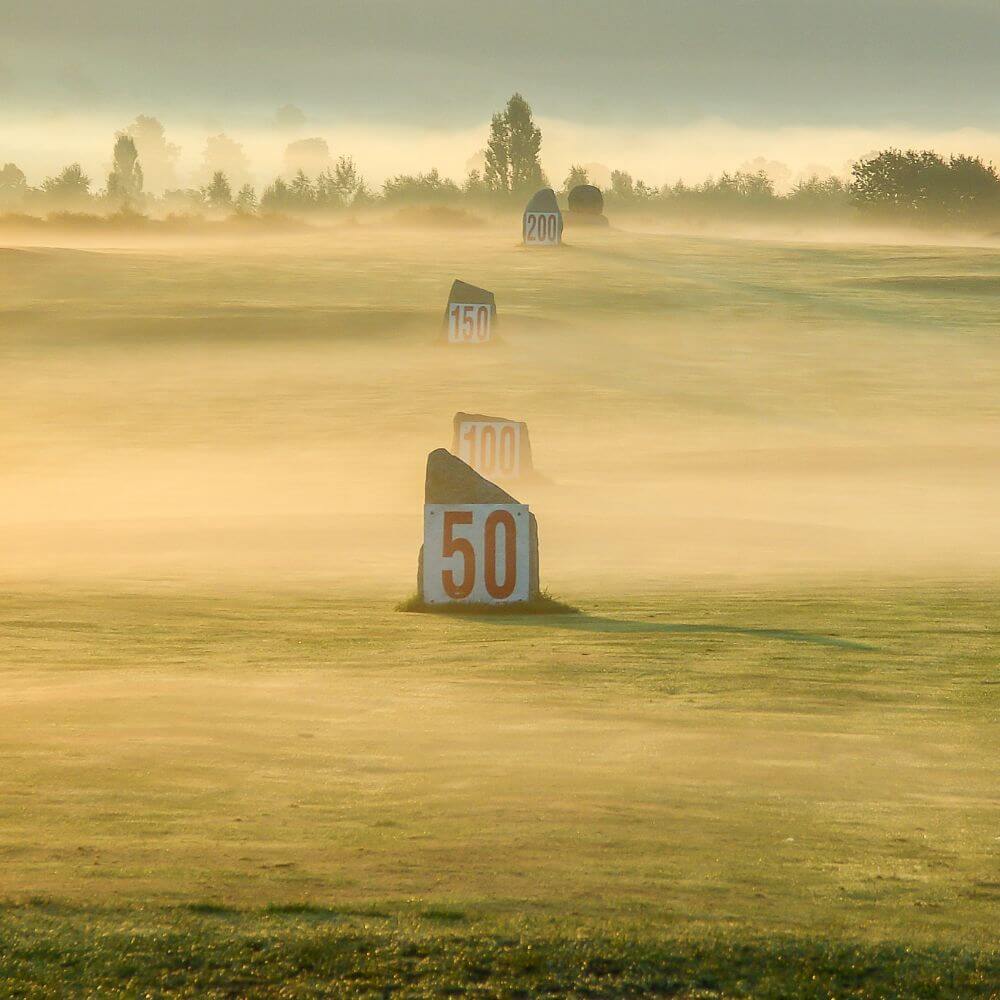
Secrets of the Pros: Why Understanding Your Average Golf Club Distance is Essential
What separates amateur golfers from scratch golfers and seasoned Pros? Sure there's the consistent tempo, the perfect setup, fundamentally sound mechanics, balance - we could continue on. But there's also a simple secret that should be obvious - knowledge that every golfer regardless of skill level should master. And that is knowing exactly how far you hit each club in your golf bag.
Let's explain why it's a game-changer and a must if you're serious about the game.
- Tactical Execution: Knowing the average distance of each of your clubs allows you to make smarter decisions from the tee box, in the fairway, and approaching the green. This helps you strategize and navigate the course more effectively.
- Pin-Point Accuracy: Golf is a game of precision. And distance control is half the battle. Once you know your distances all you have to worry about is your aim. If your aim is off you'll still be closer to the hole because you'll be pin high.
- Creating Belief: "Be decisive. A wrong decision is generally less disastrous than indecision.” Quote from Bernhard Langer. Confidence is critical to playing good golf. Imagine stepping up to a 154-yard par 3 over water and without hesitation you grab your 8 iron. Why? Because you know with certainty the average distance you hit that club.
- Dodging Danger: If you want to score well you need to avoid the big numbers like the dreaded snowman. That means avoiding hazards like bunkers, water hazards, and out-of-bounds areas. By knowing the right distance you can elect to leave it short or carry the hazards.
- Consistent Ball Striking: Consistency is the key to better golf. Knowing the right club for the right shot promotes a more consistent game. Consistent ball striking comes with the comfort of knowing your distances. This leads to a more repeatable swing as you're not chasing distance or swinging too hard.
- Game Management: We've discussed this with tactical execution and avoiding hazards. But course management is worth repeating. When you understand what club to use for the distance and the scenario you'll be better at knowing when to be aggressive and when it's time to lay up and play the percentages.
- Progress and Assessment: Golf is a game of skill and a game of practice. It's about constantly trying to improve. Understanding your distances helps you analyze your strengths and weaknesses. It allows you to focus on where you need to improve, whether it's a swing flaw or maybe the wrong type of golf ball.
- Adapting to Mother Nature: The weather can have a huge effect on how far the ball goes and the conditions of the course. Is it windy and wet? Is the ball getting plugged? Or is it hot and dry? Is the ball running through the fairways? Are the greens firm and fast? Only when you know your true distances can you adapt to the weather and the course conditions.
- New Course Knowledge: Sure, it's easier to play your local course. You know it inside and out. But what about playing a new course, where you're not as familiar with how it plays? Here distance management is even more critical.
- Communication, Communication, Communication: Maybe you're playing at a course that requires a caddy, or your playing at your country club with the local Pro, or you're talking to your swing coach - knowing your distance game will help you have more constructive conversations that can only help you on and off the course.
- Establishing Benchmarks and Setting Goals: A quick way to improve your game is by setting goals and comparing yourself against better players. When you know your distances you have a reference point. This allows you to create realistic expectations.
Club Distances by Swing Speed: Unlocking the Power Equation
Ever been on the course and thought to yourself, "Why can't I just hit the ball as far as Jimmy?" or "Is there some magic move I'm missing?" The secret might be simpler than you think – it’s all in the swing speed.
Swing speed is, without a doubt, one of the most important factors in determining how far you hit the golf ball. Sure, swing mechanics, equipment, and the weather (to name a few) play a role, but when comparing distances among players, swing speed emerges as one of the most reliable constants. Think of it as the engine that drives the golf ball. A faster swing speed means greater ball speed and higher club head speed meaning you can finally outdrive Jimmy.
But why is everybody obsessed with distance? For starters, distance directly affects how you play the course. A longer drive can mean fewer shots to the green - less club to hit. It can mean the difference between landing in a hazard or comfortably carrying the water and splitting the fairway. In essence, greater distance often translates to fewer strokes and an easier game.
In the never-ending journey to improve your game, understanding the relationship between golf club distances and swing speed is critical. So if your wondering where your 5 iron distance or average driving distance stacks up, we've created this handy golf club distance chart. We've also included swing speed by age.
Golf Club Distance Chart by Swing Speed (mph)
From Juniors to Seniors: The Evolution of Golf Swing Speed
- Juniors (ages 6-9):
- Boys: 50-60 mph
- Girls: 50-60 mph
- Juniors (ages 10-12):
- Boys: 60-85 mph
- Girls: 60-80 mph
- Juniors (ages 13-15):
- Boys: 80-95 mph
- Girls: 70-90 mph
- Juniors (ages 16-18):
- Boys: 90-105 mph
- Girls: 80-95 mph
- Adults (ages 19-49):
- Male: 90-115 mph
- Female: 65-90 mph
- Seniors (ages 50-59):
- Male: 85-105 mph
- Female: 60-85 mph
- Seniors (ages 60-69):
- Male: 80-100 mph
- Female: 55-80 mph
- Seniors (ages 70+):
- Male: 70-90 mph
- Female: 50-75 mph
Please note that these numbers are estimates and can vary based on skill, fitness, and many other factors.
What Your Handicap Says About Your Average Golf Club Distances
Have you ever stood on the tee box of a Par 3, wondering which club to hit? Let's be honest, we've all been there – glancing around, trying to gauge the distance and the wind, maybe even sneaking a peek at our playing partner's choice of club. But here's the thing: how far you hit your clubs can vary, and a lot of it has to do with handicaps.
By understanding the average distances associated with specific handicaps, you can see where your distance game is relative to golfers of similar ability. This can help you set more realistic goals for your own progression in the game. So, if you're wondering how far should a 7 iron go for a scratch golfer or the 6 iron distance for a 15 handicap our friends at National Club Golfer have helped us out.
Golf Club Distance Chart by Handicap

How Do Your Golf Club Distances Stack Up Against The Pros?
"He plays a game of which I am not familiar."
Bobby Jones talking about a young Jack Nicklaus after he won his second Masters in 1965. Jack would go on to quote those same words almost thirty years later talking about Tiger Woods.
Ever watched a PGA Tour event and found yourself in awe at the sheer distance the pros manage to hit the golf ball? It's no doubt they play a game with which we are not familiar with.
So if you're wondering how far the pros hit each club, it's time to satisfy that curiosity! Let's dive into a comparison and see just how your golf club distances stack up against the very best. Whether you're looking for some motivation to up your game or just want a fun reality check, this section is your ticket to seeing where you stand in the grand scheme of golfing greatness.
Golf Club Distance Chart (PGA and LPGA Pros)
Behind the Swing: 7 Stats That Define Pro Distances
We've researched stats from the PGATour.com and Trackmangolf.com to show you some crazy numbers.
- Top Driver on the PGA Tour for 2021-22: Cameron Champ at 321.4 yards.
- Lowest Average Driving Distance for PGA Tour 2021-22: 277.4 yards (wouldn't we all be happy with that).
- Longest Drive PGA Tour 2021-22: 460 yards (yes please).
- Highest Swing Speed PGA Tour 2021-22: 124.89
- Average Swing Speed PGA Tour (Driver): 114.6
- Average Trackman Driving Distance for LPGA Tour: 218 yards (carry distance)
- Average Trackman Club Speed LPGA (Driver): 94
Why You're Losing Distance? The Top Factors Affecting How Far You Hit The Golf Ball
Ever had one of those days where your ball just doesn't seem to go anywhere no matter how well you strike it? Or maybe those glorious moments when it feels like it's been launched out of a cannon? Golf club distance isn't just about swing speed or perfect form; it's influenced by countless factors. From your equipment to mother nature, there's a lot in play. So, grab your golf clubs and come along as we journey through the ins and outs of what really gives your golf ball its flight!
- Swing Speed: We discussed this in length but it's a simple equation. If you want more distance increase your swing speeds.
- Ball Striking: If two golfers have the same swing speed but one consistently finds the center of the club face while the other is prone to mishits then it goes without saying that the better ball striker will generate more distance.
- Smash Factor: This is a measure of ball speed relative to clubhead speed. It's about the transfer of energy at the moment of impact. A higher smash factor means greater total distance.
- Loft: The clubface's angle, known as the loft, plays a pivotal role in shaping the ball's flight and distance. Low-lofted clubs like your driver, 3-wood, and 4-iron will produce more distance with a lower trajectory. More loft (your higher irons and your wedges) generates less distance with a higher ball flight.
- Ball Speed: Ball speed comes from your swing speed, the quality of your ball striking, and the type of golf ball you're playing (more about this later). So if you want to increase your average driver distance then generate more ball speed.
- Golf Clubs: The quality of the clubs you're using and how they fit you can play a significant role in determining distance. Are you an average golfer playing with blades? Are you using stiff shafts for a slower swing speed? Dialing in the proper equipment isn't just for PGA Tour players. You need to look at shaft flex, shaft weight and shaft length, iron types (game improvement, hybrid, or muscle back), grip size, and more.
- Weather Conditions: Mother Nature definitely has her say - wind, altitude, temperature, humidity, and precipitation (to name a few) can all have a major impact on how far the ball travels.
- Launch Angle: The angle at which the golf ball comes off the clubface. An ideal launch angle is critical for maximizing your distance.
- Technique and Skill Level: Swing mechanics, body positioning, and tempo all play a role in how far you hit the golf ball.
- Elevation: Hitting to an uphill green or teeing off with a significant drop to the fairway will all play a role.
- Course Conditions: Is the course dry - playing firm and fast? Or maybe there's moisture in the fairways, resulting in little to no roll.
- Fitness and Age: All you have to do is wander into the gym at a PGA tournament to see that the modern game is all about strength training. And for the senior golfer, as you get older everything slows down, so make sure you don't skip your golf exercises.
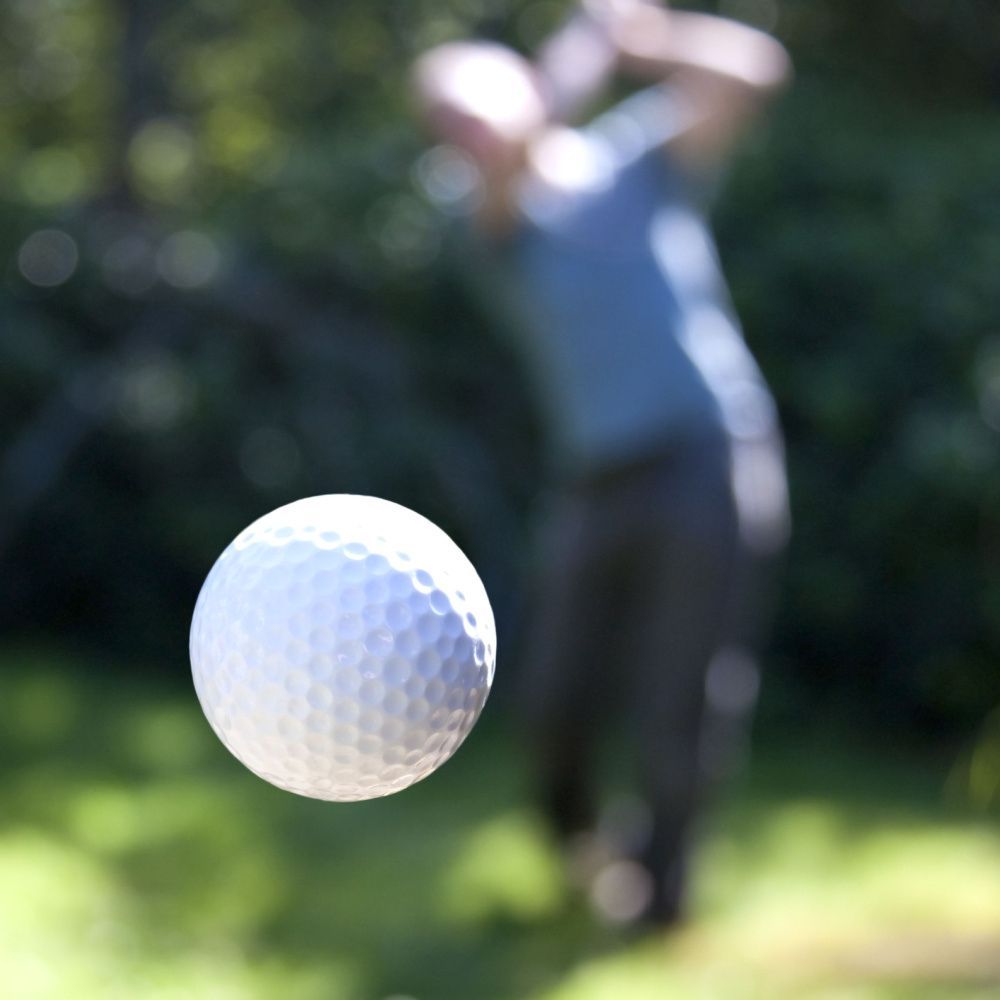
- The Golf Ball: Golf balls can play a huge role in influencing distance. Everything from the ball's compression to the number of pieces, to the dimples, to the spin rate can affect how far you hit it.
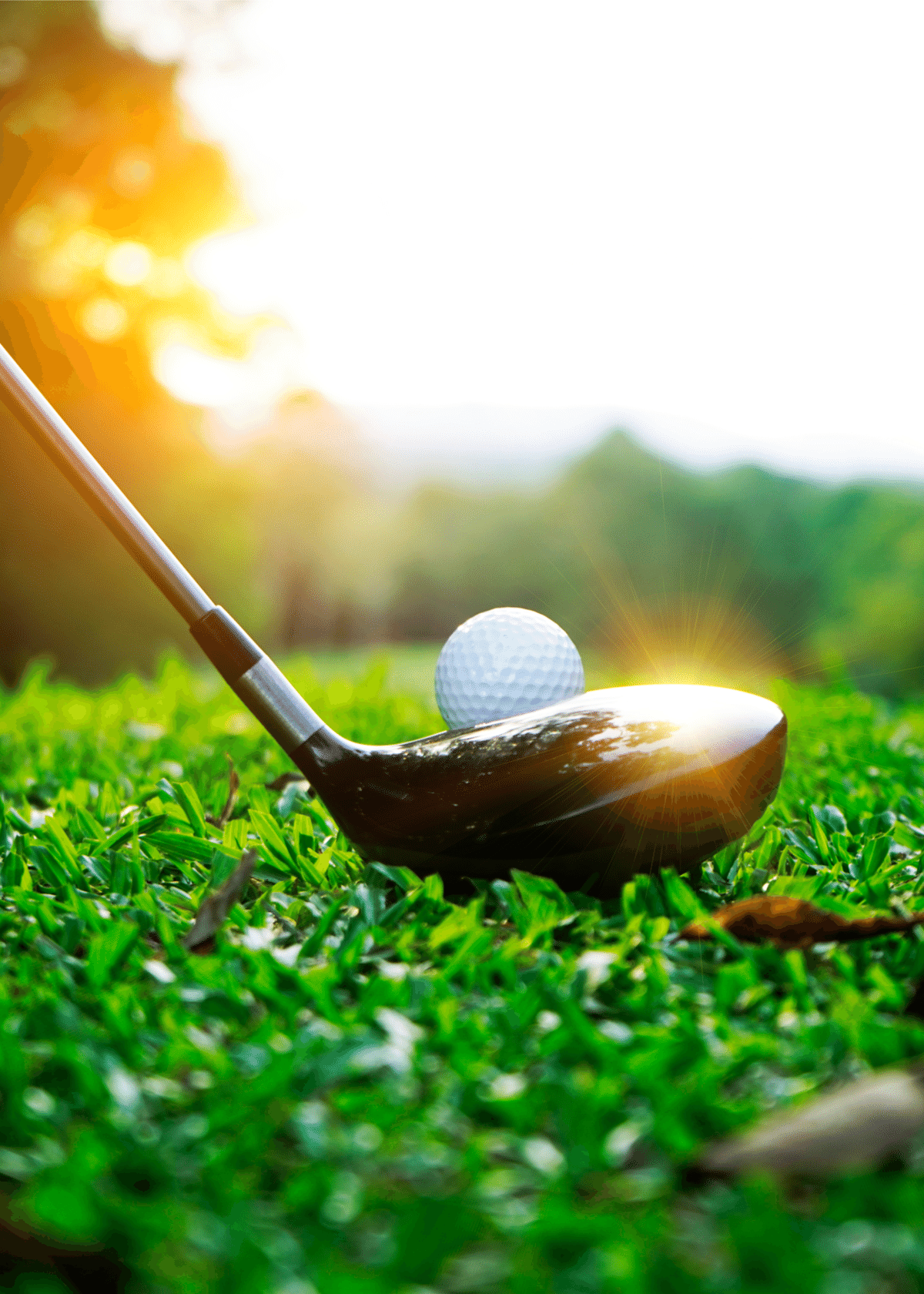
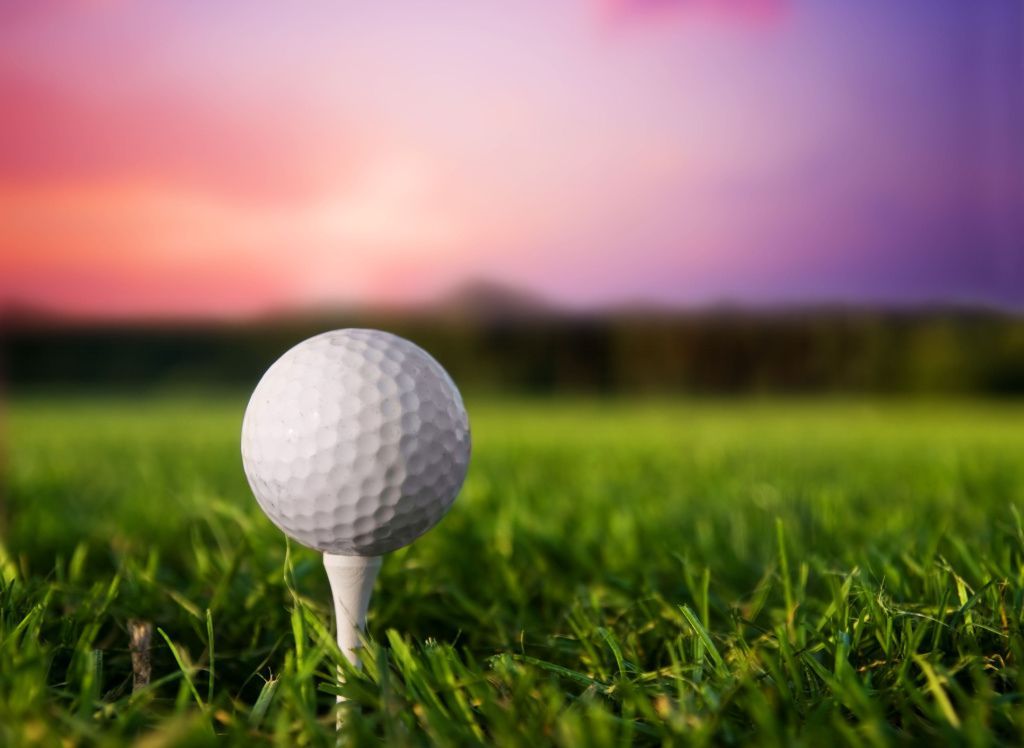
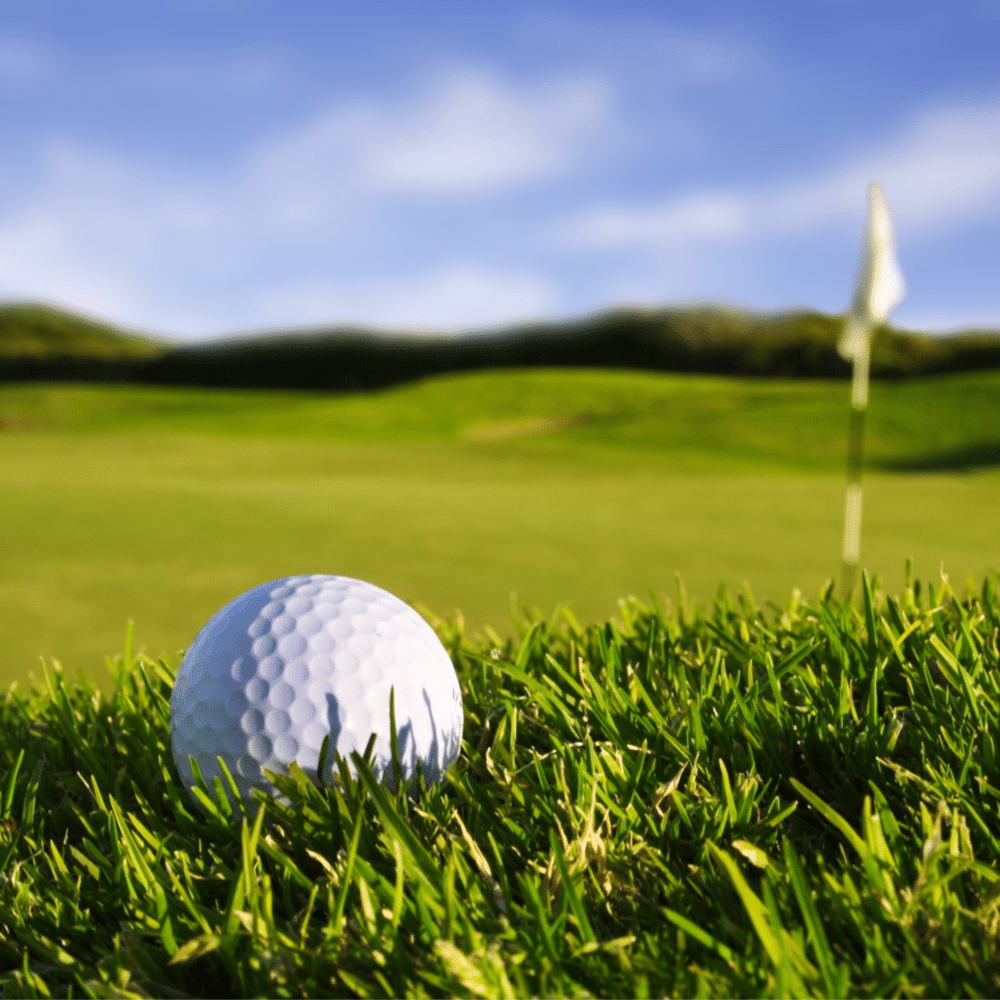
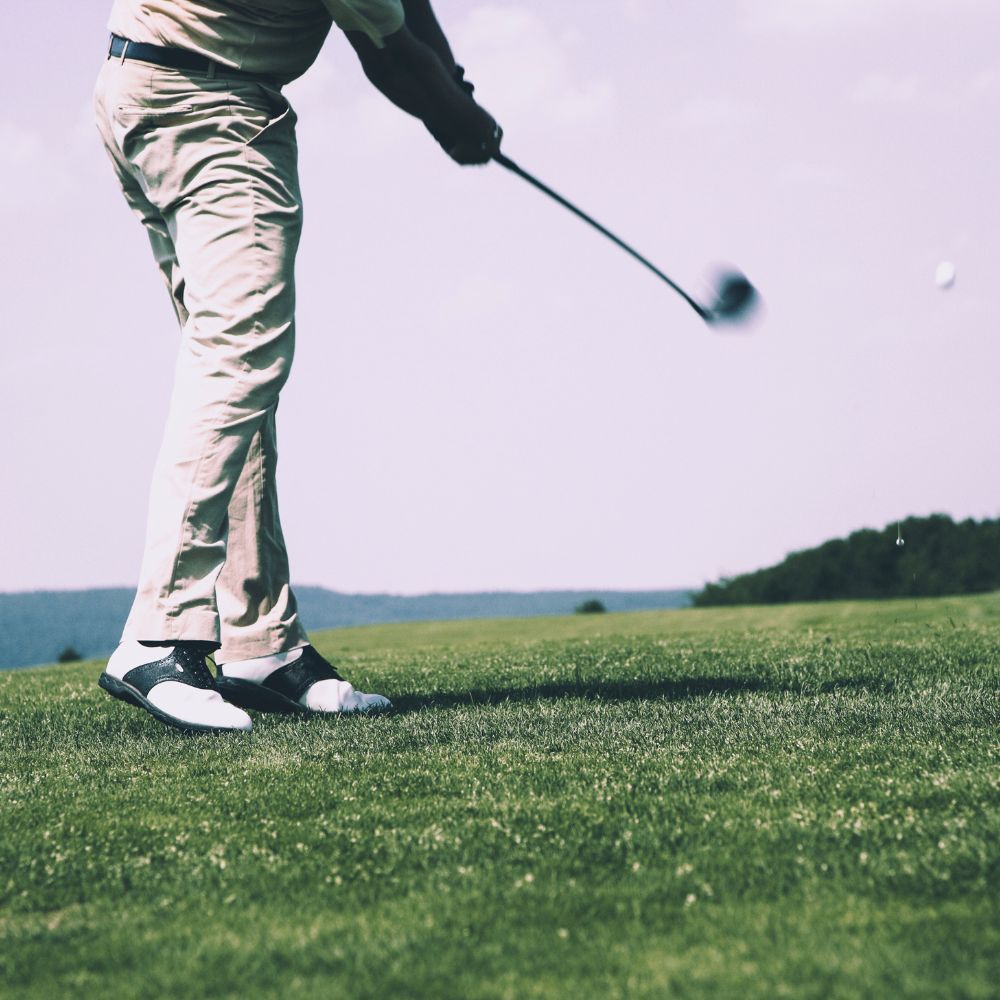
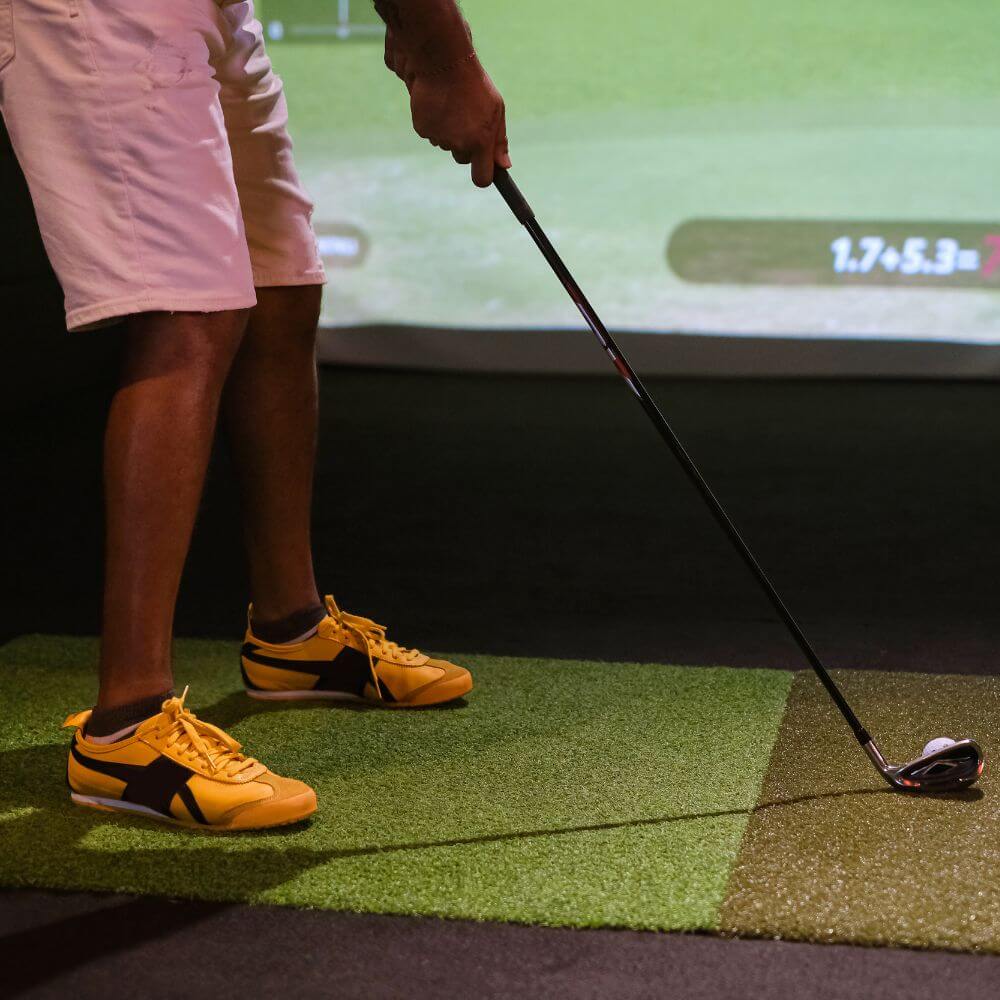
No More Guesswork: The Best Way to Master Your Distance Control
Hopefully, by now you understand the importance of knowing your golf club distances. Here are some strategies and tips to help you control your distance.
- Use a Rangefinder: No excuses for this one. It's simple and easy.

- Track Your Stats: This will help you identify patterns and habits. And it will provide a path for improvement.
- Use a Launch Monitor: This will give you all the data you need and more.
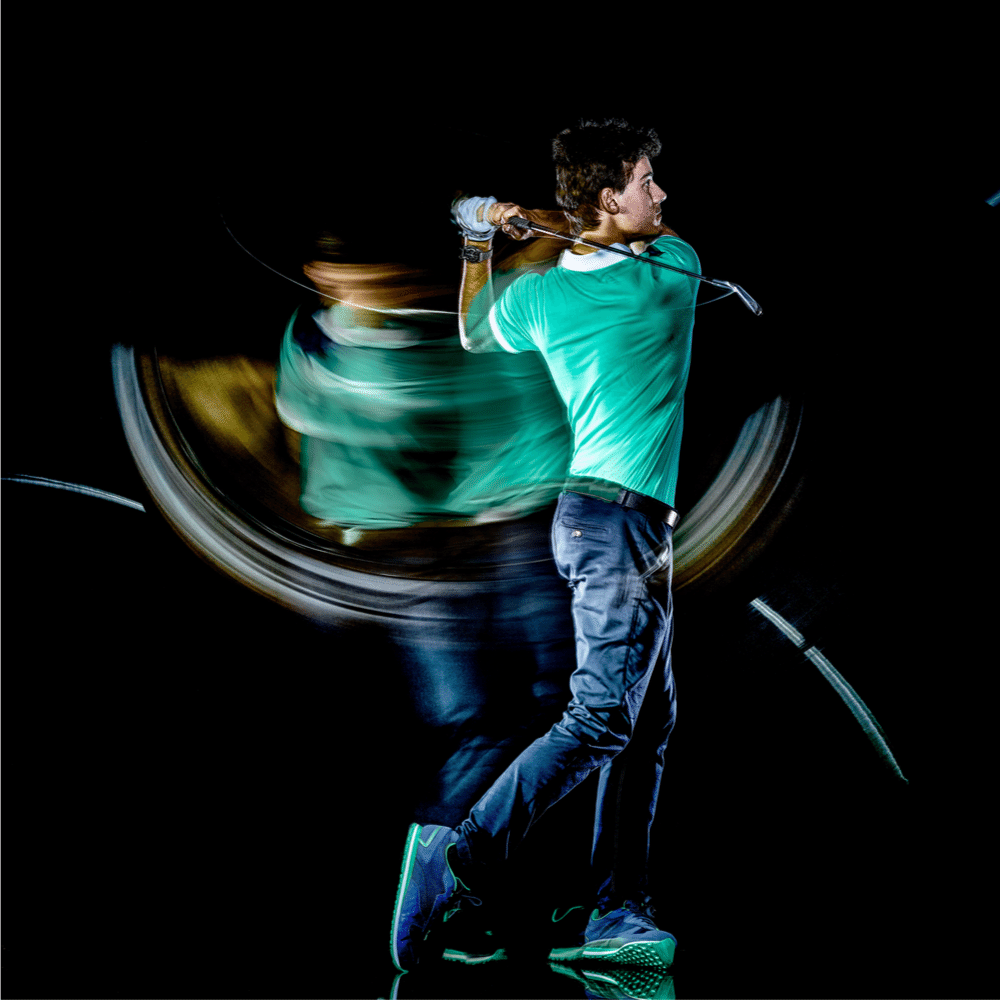
- Shot-Shaping: Experiment hitting different types of shots - draws vs fades, high shots vs stingers, half shots... Don't be afraid to vary the power and length of your swing.
- Practice, Practice, Practice: We saved the most important tip for the last. Hit the range with a purpose. Put in the time with each club in your bag until you can confidently hit each club within + or - 5 yards.
Craving More Yards? 11 Expert Tips and Techniques to Boost Your Distance
Ever watched someone step up to the first tee and effortlessly launch a majestic drive that splits the fairway? Trust us, you're not alone. We've all had our moments of distance envy. But guess what? Adding a little zip to your shots isn't some mystical golf secret. It's all about understanding a few strategies and giving them a swing (pun intended!). So, if you're looking for a few more yards, come along, and let's delve into some tried-and-true tips.
- Get Fitted For Clubs: If you want to hit the ball further you need clubs that match your golf game. It could be a longer or lighter shaft, maybe cavity back irons, or a different grip size. Trust the experts.
- Get a Coach: If the best players in the world have a coach, what's your excuse?
- Take Lessons: If you can't afford a coach check out video lessons online. Check out the classic golf instruction books.
- Invest in Training Aids for Better Ball Striking: Golf alignment sticks and a golf impact bag are just a couple of quick solutions.
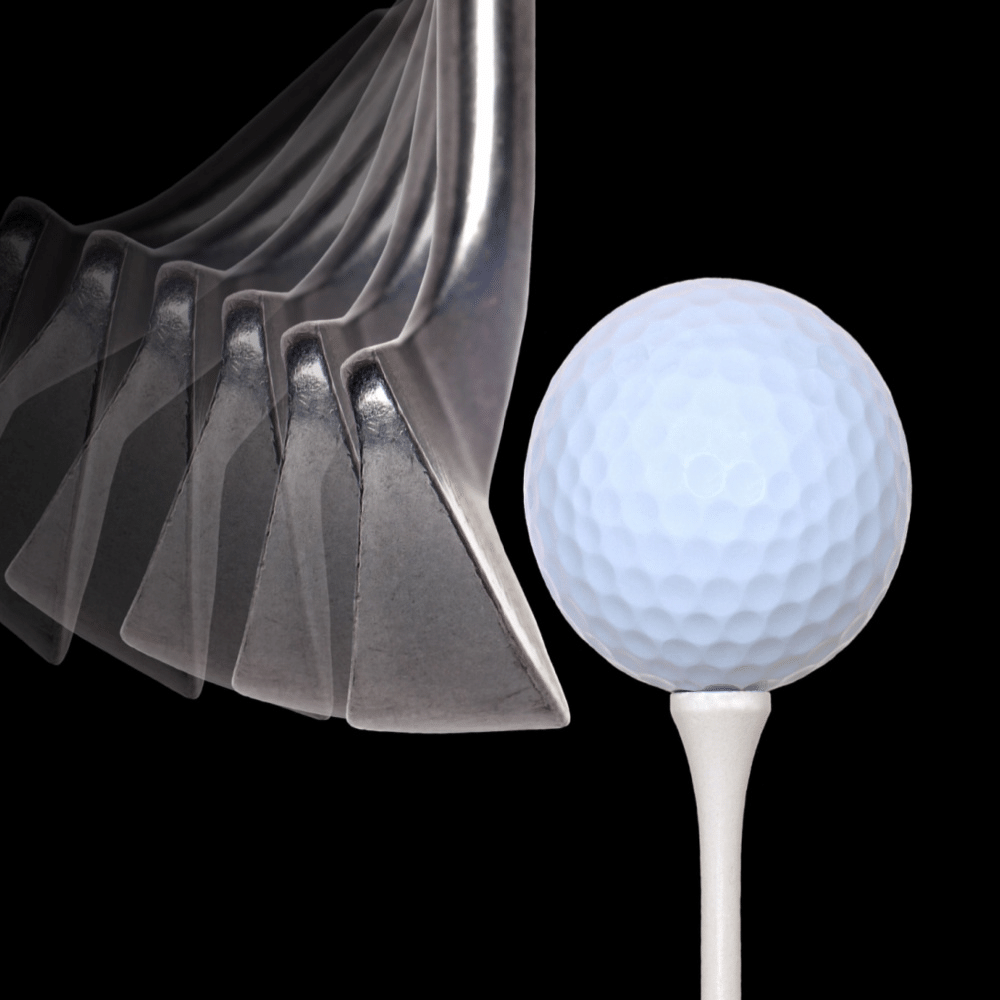

- Speed and Strength Training: If you want more swing speed, practice with a weighted club or a speed training aid. Adopt a fitness program that is designed with golf-specific exercises for speed and strength.
- Embrace Technology the Right Way: Use a golf ball with a compression rating that matches your swing speed.
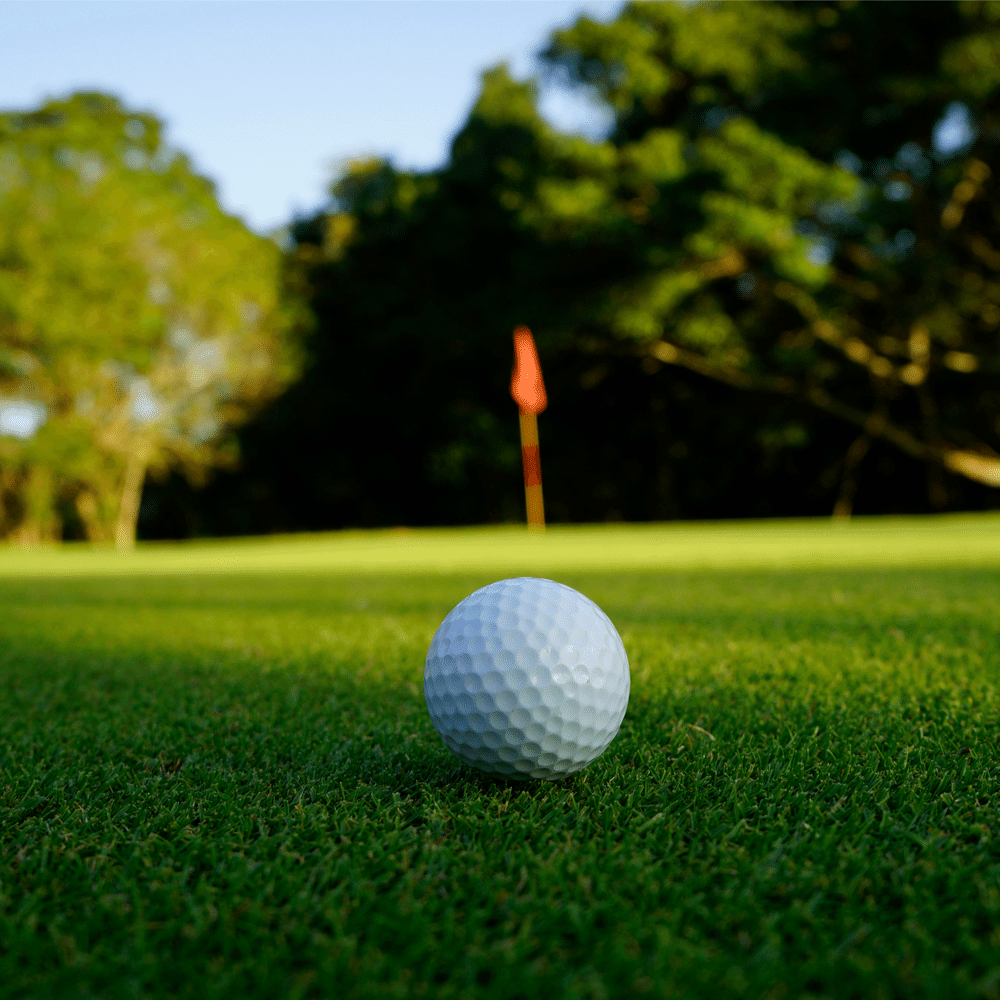
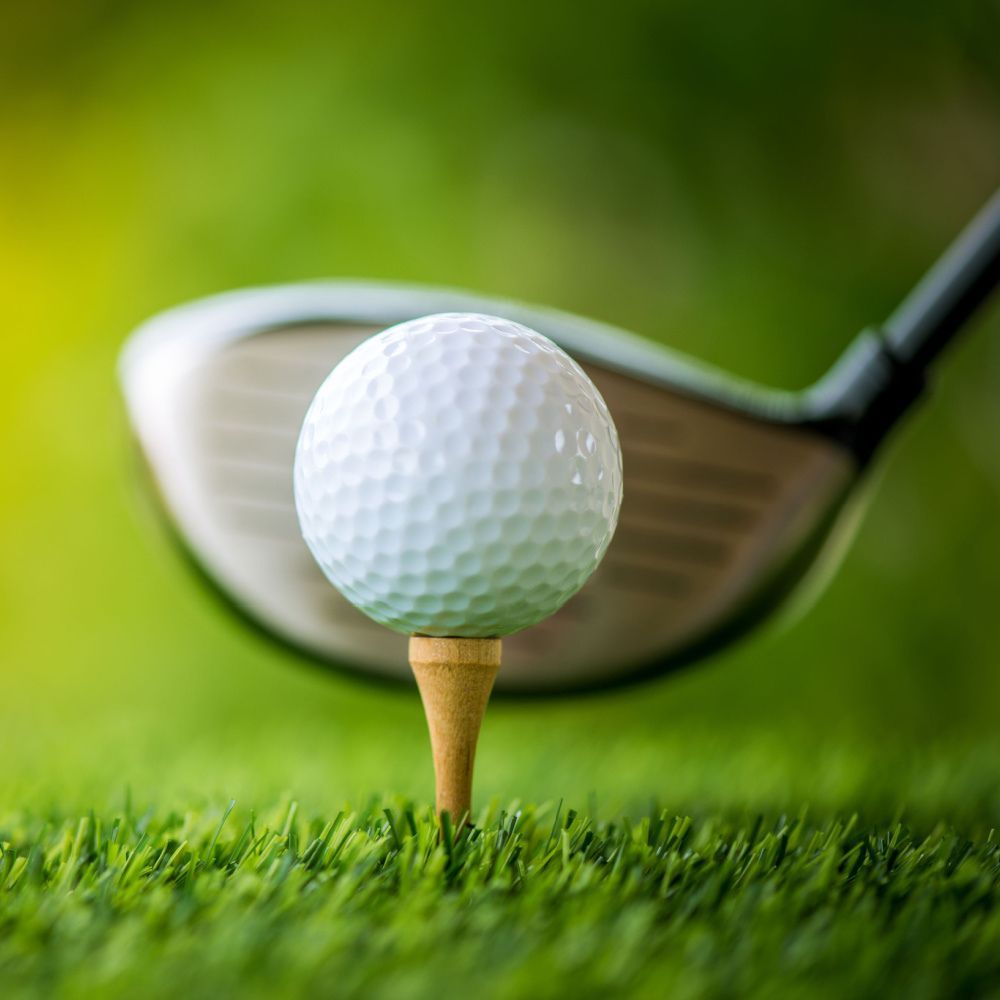
- Improve your Fundamentals: Alignment, stance, set-up, posture, and grip are the keys, and start to more distance.
- Invest in a Good Pair of Golf Shoes: Power starts from the ground up.

- Hit the Driving Range: If you don't have time to play 18 holes or even 9 holes of golf then make time for the driving range.
- Tempo Time: Average golfers often forget about the importance of tempo. When you know and can repeat your perfect tempo you'll not only find the sweet spot more often but you'll understand what effortless power is all about.
- Stretching Success: We've discussed the importance of fitness but don't forget about stretching. This is especially important for seniors and golfers recovering from injuries.

The Final Swing To Golf Club Distance Mastery
So there you have it, our exploration into average golf club distances has reached its thrilling conclusion. We've looked at swing speeds, analyzed the numbers from juniors to pros, provided golf club distance charts by handicap, and even shown you how to gain those extra coveted yards.
But remember, the essence of golf isn't just in the numbers. Beyond the stats, every round offers a chance to refine your skills, bask in nature's beauty, and share unforgettable moments with those you cherish the most.
Thanks for visiting. We can't wait to see you again!
"Keep it in the short grass"
Joseph


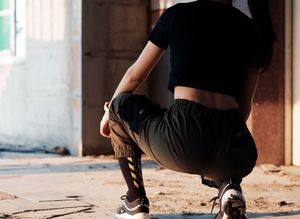



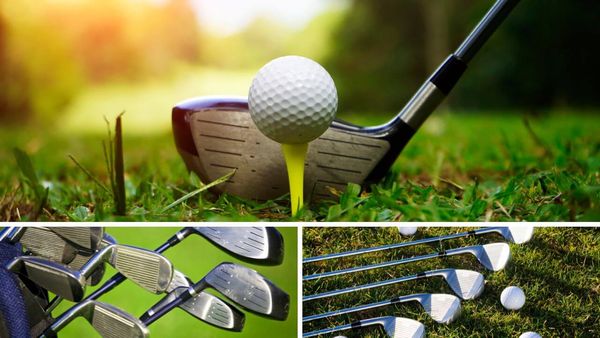
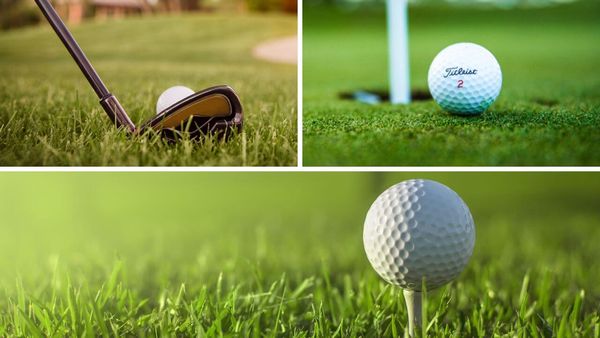
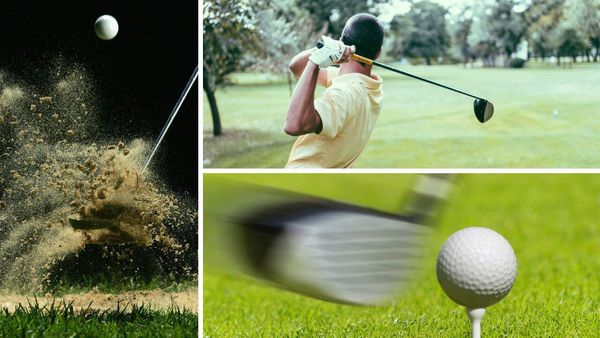
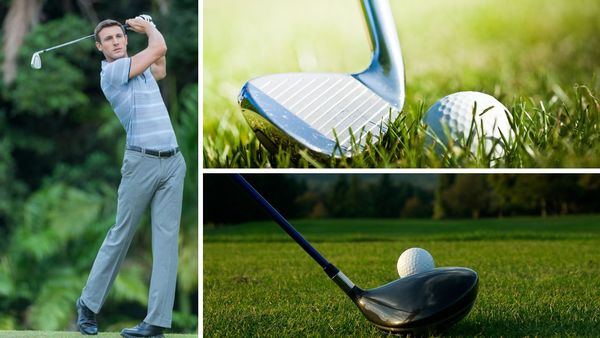
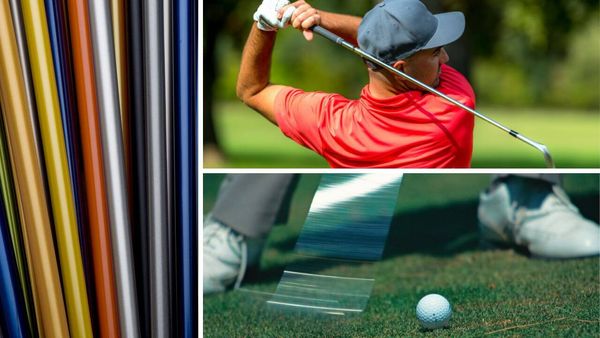
Member discussion